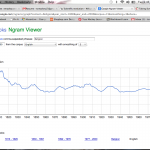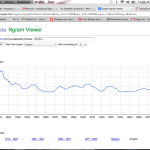After exploring the digital archives of September 11th and April 16th, two dates that shifted America’s stances on terrorism, fear, gun control, and security, I found the concept of storing this information to be crucial for historical and personal purposes.
Many of us remember these days to be chaotic and somber, many of us had family and friends who were directly affected by these very tragic and life changing events, and I feel that presenting these facts in an archive that is accessible to all, is very important to the history of our country as well as the history of our families and friends.
With technology being so present over the past decade, it only makes sense that scholars, authors, photographers, journalists and historians felt it necessary to preserve these events in a way that all of the information is present and can be accessed at any given time.
I went through the Library of Congress’ Digital Preservation guidelines, directions, and facts, and I thought about what events in my life, if given the chance, I would digitally archive. When one thinks about their families history and origins, many of us never really stop to think about what we would pause or want to reflect on fifty years from now.
I would probably start with the migration of my mom’s family to the United States from Italy. My family’s roots run very deep in Italian culture and costumes and I would like to explore more about my great-grandmother’s journey and what her life was like before she left for the United States.
There are so many things that I would like digitally archived but it all comes down to how much we are willing to share and make public. I think technology has changed that for many because within the Internet and online databases, almost all things are now public.


